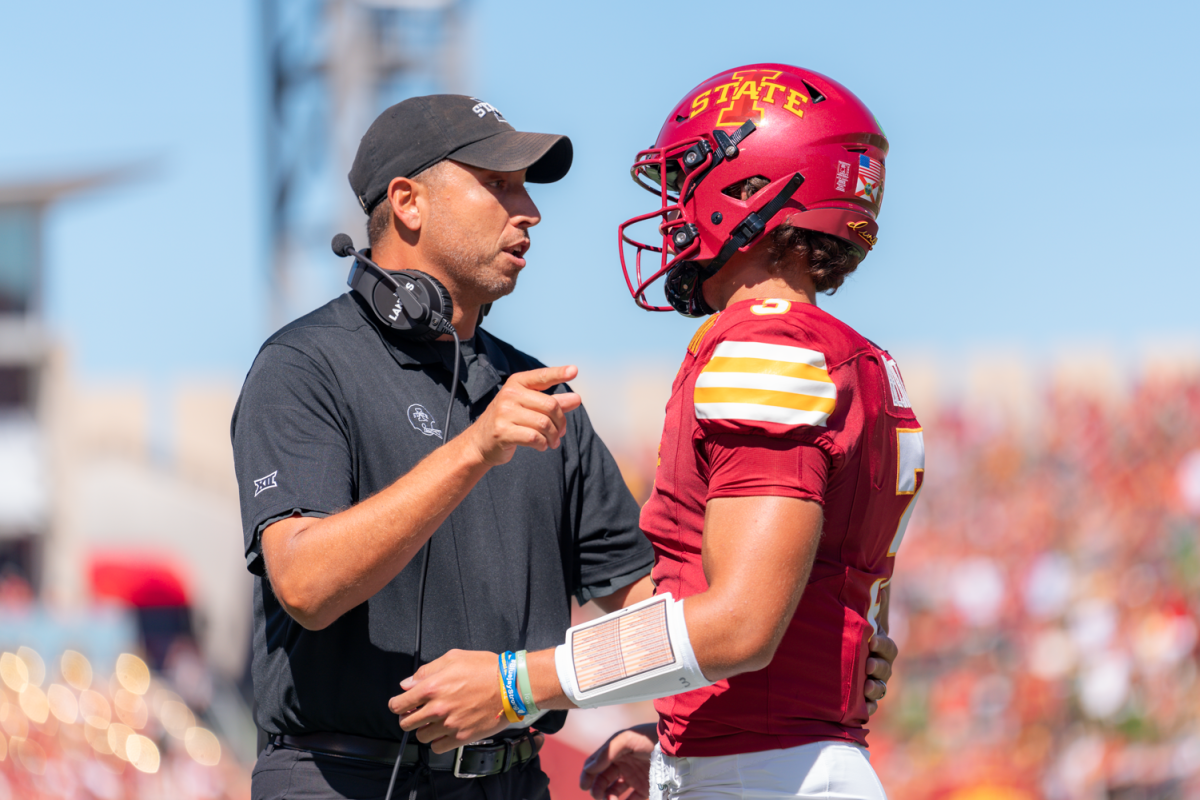Letter to the editor: An election judge’s take on events
November 27, 2000
I’m an election judge in Dallas County, and I have been in the computer business long enough (early 1970s) to have actually used punch cards.
So, here’s my take on the Florida election: machines are used for counting votes because they are much faster than humans, not because they are more accurate — they aren’t.
The machines have a known error rate. In the case of punched card machines, it is considered to be in the 2 to 5 percent range. For most elections, this is just fine because elections are generally decided by a margin of at least 5 percent. The 14,000 votes in Palm Beach County that were not counted by machine in a previous election were not hand counted for a simple reason: the margin of votes between the candidates was greater than 14,000 votes, so, a hand count would not affect the outcome of the election.
In fact, hand counts are only done when the hand count could change the result of the election. In Florida, Gov. George W. Bush is ahead by approximately 1,000 votes out of approximately 6,000,000 votes cast. In other words, Mr. Bush is only ahead by 0.016 percent.
In this situation, an error rate of 2 percent is well beyond precision of the counting machines. This is equivalent to a poll in which the results were 49.0 percent for Mr. Gore and 49.016 percent for Mr. Bush with a 2 percent margin of error. In other words, the election is too close to call because the margin of victory needs to be much greater than it is now for the public to have any confidence in the result without a hand count. If Mr. Bush were ahead by 200,000 votes that would still only be a 3.3 percent margin — just barely within the tolerance of the counting equipment.
As for the hand recount. This is a misnomer. The important ballots are not those that were counted by the counting machines. It is the ballots that were not counted because the machines could not read them that are important. The error rate on the ballots that the machines actually counted is quite low because the machines are designed to reject a ballot rather than count it incorrectly.
In a sense, the error rate on the uncounted ballots is 100 percent. Many votes were rejected because the chad was pushed back into the hole when it went through the machine, or the chad was punctured instead of falling out. These ballots have never been counted — only rejected by the machines.
The chads that are falling out are not ones where all four corners are still attached. The ballots have to be quite sturdy to withstand the punishment of being put through high speed counting machines. The chads that are falling off are ones where the chad is already partially detached.
I can assure you that the people who are counting these ballots by hand are treating the ballots with kid gloves, compared to the counting machines. Far more chads fall off in the counting machines than when the ballots are counted by hand.
In fact, the first time the ballots are put through the counting machine is the time when the largest number of partially attached chads will fall off. But again, the ballots are quite sturdy.
Most of the chads that fall off in the counting machines are ones that are already partially detached: the so-called hanging-door chads in which two of the four perforations are broken through.
So, here’s the bottom line: if 10,000 votes were not counted by the counting machines in one Florida county, this is 10 times the margin by which Bush is ahead. If only 20 percent of those votes can be discerned by manual counting, it could easily be enough to change the result of the election.
The ballots used in the votamatic machines have approximately 80 locations where the card can be punched.
The condition of the card material, the alignment of the card in the machine, the alignment of the voter booklet (containing the candidates’ names) and even the punch location can have an impact on how the ballot responds to being punched by the stylus. It is commonly held that the location on the ballot most difficult to punch cleanly is the four corners of the ballot.
In the presidential election, the major presidential candidates were punched in punches one through five. This is the MOST DIFFICULT area of the ballot to get a clean punch.
Dimpled chads are generally counted as votes because of the difficulty of getting a clean punch and the improbability that a dimple isn’t typically created in a ballot simply by handling it.
Additionally, it is highly improbable that a dimple, not created by a voter would occur in the ballot in the exact punch position for a candidate in a particular race. In fact on the typical votamatic ballot, half of the positions on the ballot are not used at all.
The candidate punch positions are spaced out over the entire ballot because spreading out the punch positions makes it easier to space the printing in the ballot book and because spreading out the punches makes it easier to get a clean punch in a particular hole. If dimples were to be created in ballots from simple handling, these dimples would randomly occur in the unused punch positions, not in the position for a particular candidate in a particular race. All of these factors combine to create the overwhelming evidence that a dimpled chad is actually a vote. For this reason, most state laws and court cases require that dimpled chad be counted as votes.
It is obvious that the ballots should have been hand counted in every county where a significant number of ballots were rejected by the counting equipment. They should certainly be counted in the four counties that have recounts under way due to the number of rejected ballots compared to the margin by which Bush is ahead. There are probably other counties where a hand count should have taken place.
I’m not an attorney so I don’t have an opinion on whether the Bush campaign should be allowed to go back and ask for those recounts.
One thing is for sure: a coin toss with a 50 percent probability of winning is more likely to provide an accurate result then a 0.016 percent lead resulting from a machine count.
Geoff Staples
Resident
Dallas






